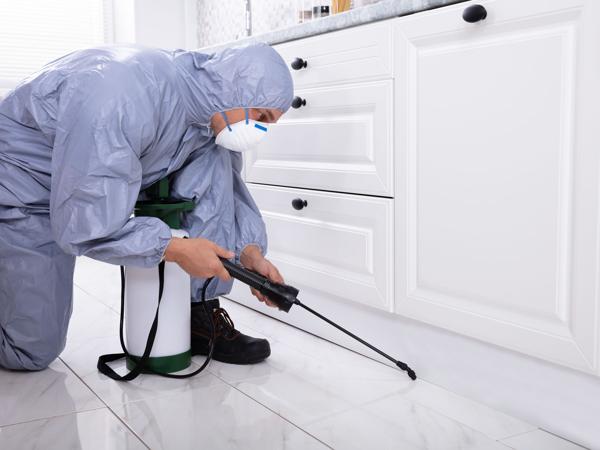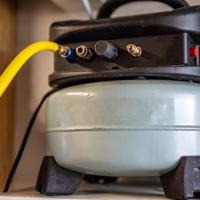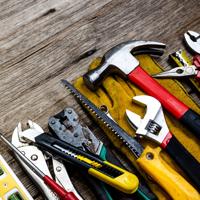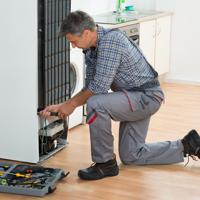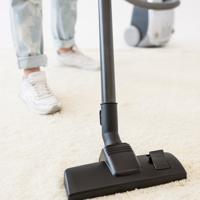Welcome to our corner on electrical safety! As part of our ongoing effort to help you maintain a safe and cozy home, we want to focus on some practical safety tips when handling electrical systems. We strongly believe in the importance of being cautious and informed, especially when it comes to electricity, which can be both helpful and hazardous.
We’ll cover a range of suggestions and considerations, hoping to provide guidance that could be useful in your everyday life. For those interested in tackling projects around the house, check out our DIY Projects page. And for maintaining your home, we have a dedicated Home Maintenance section.
Understanding Your Home’s Electrical System
Before diving into specific safety tips, it can be helpful to have a basic understanding of your home’s electrical system. Knowing where your circuit breaker is located and becoming familiar with its layout can be beneficial, especially in emergencies. This basic knowledge can help you discuss potential issues with a professional more effectively.
Safety Tips for Handling Electrical Appliances
1. Inspect Appliances Regularly
Take some time to regularly inspect all electrical appliances to ensure they are in good working condition. Look for frayed cords, broken plugs, or exposed wiring. If you find any damage, it’s often wiser and safer to repair or replace the appliance rather than risk using it.
2. Use Appliances as Indicated
Each appliance is designed for a specific purpose and comes with an instruction manual that should be followed. Misuse can lead to accidents or damage. For instance, power tools should not be used near water since this increases the risk of electric shocks. Similarly, overloading an outlet or power strip can create a fire hazard.
3. Unplug When Not in Use
Unplugging appliances when they are not in use not only saves energy but can also prevent overheating, which could lead to a fire. This is particularly important for appliances like irons, heaters, and any gadgets left unattended for long periods.
General Safety Practices
1. Install Ground Fault Circuit Interrupters (GFCIs)
GFCIs are designed to protect you from electrical shock by shutting off an electric power circuit when it detects that current is flowing along an unintended path. These should be installed in areas where electricity and water are in close proximity, such as kitchens, bathrooms, and outdoor locations.
2. Respect Electrical Outlets
Never insert anything but a proper plug into an outlet. If you have children, consider installing outlet covers to ensure their safety. Also, avoid overloading circuits by plugging in too many appliances at once.
3. Stay Dry
Electricity and water do not mix well. To prevent any risks of electric shock, ensure your hands are dry before handling any electrical device. Also, ensure that appliances are kept away from water sources, including sinks and bathtubs.
In Case of Emergency
1. Always Have a Fire Extinguisher Nearby
Make sure you have a fire extinguisher easily accessible in case of an electrical fire. Remember, never use water to put out an electrical fire, as it can conduct current and pose additional dangers.
2. Know When to Call a Professional
While DIY repairs can be satisfying, electrical systems can be very dangerous for those who are not trained. For complex or unclear situations, contacting a licensed electrician is often the best course of action.
3. Be Informed About Electrical Shock
An article published by Mayo Clinic delineates first-aid steps for electrical shocks. It’s wise to be familiar with these steps as a precautionary measure.
Further Learning
To deepen your understanding, consider exploring resources provided by reputable sources like the Electrical Safety Foundation International (ESFI). They offer a variety of both consumer-focused tips and professional guidelines.
We hope you’ve found these tips useful for enhancing your home’s safety. Being informed is half the battle, and by incorporating these practices, you can contribute to a safer living environment.
Feel free to share your own experiences or ask questions in the comments section below. We’re all here to learn from each other!
